Swimming is a full-body, low-impact workout that builds endurance, flexibility, and cardiovascular health. But even elite swimmers can benefit from cross-training—especially strength-building activities that complement their aquatic routines. One of the most effective and accessible forms of cross-training? Hiking.
Hiking not only strengthens muscles that swimming often underuses—like the glutes, calves, and stabilizing core muscles—but also enhances mental resilience, balance, and joint stability. For swimmers looking to boost power, posture, and overall athleticism, hiking prep can be a game-changer.
In this guide, we’ll explore five science-backed ways swimmers can use hiking preparation to build strength, including practical weekly targets, essential tips, and important safety reminders.
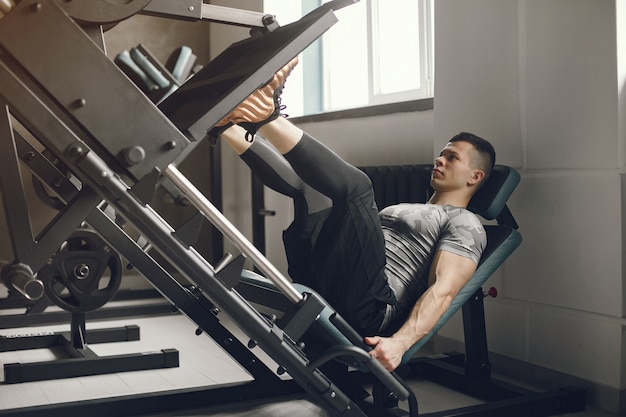
Swimming primarily engages the upper body and core, but powerful legs are crucial for explosive starts, turns, and underwater kicks. Hiking, especially on uphill terrain, activates the quadriceps, hamstrings, glutes, and calves through eccentric and concentric contractions.
Weekly Target: Aim for 2–3 hiking sessions per week, starting with 30-minute moderate inclines. Gradually increase duration to 60 minutes and seek trails with elevation gains of 500+ feet.
Tip: Focus on a strong, controlled stride—push through your heels and engage your glutes. Consider adding weighted daypacks (5–10 lbs) after 2–3 weeks to increase resistance safely.
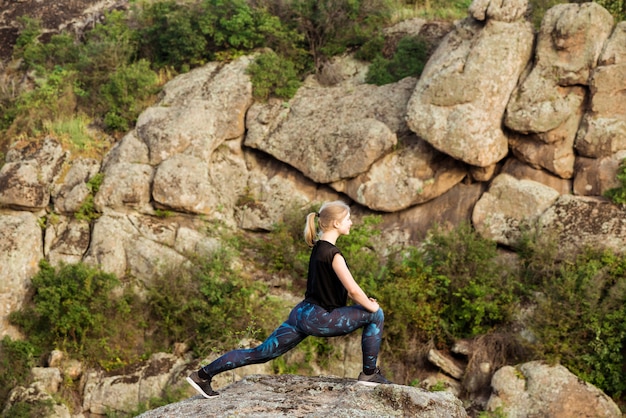
Uneven terrain challenges your proprioception and forces your core muscles to work harder to maintain balance. This is especially beneficial for swimmers, who rely on a stable core for efficient strokes and streamlined body position.
Hiking over rocks, roots, and loose gravel activates deep core stabilizers like the transverse abdominis and obliques—muscles that aren’t fully engaged during flat-water swimming.
Weekly Target: Incorporate one technical trail hike weekly. Choose routes with varied surfaces and minimal paving to maximize balance challenges.
Tip: Practice mindfulness while hiking—stay present and focus on foot placement. This improves neuromuscular coordination and enhances body awareness critical in the water.
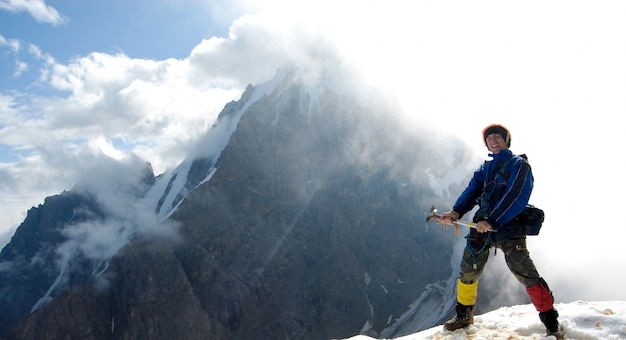
As elevation increases, air becomes thinner, challenging your respiratory system. This natural form of altitude training can improve lung efficiency and oxygen utilization—key assets for swimmers aiming to extend breath-hold capacity and reduce fatigue.
Even moderate elevation hikes (2,000–5,000 feet) can stimulate red blood cell production and boost aerobic endurance over time.
Weekly Target: One hike per week at increasing elevation. Monitor your breathing—aim for rhythmic, deep nasal inhalations and slow exhalations to train diaphragmatic control.
Tip: Pair your hike with breathwork exercises: inhale for 4 steps, exhale for 6 steps. This builds breath control similar to underwater swimming phases.

Long-distance swimming demands mental resilience—so does hiking a multi-mile trail under sun, wind, or fatigue. Hiking trains the mind to push through discomfort, maintain focus, and embrace delayed gratification.
The solitude and natural setting also reduce stress and improve sleep quality, both of which support recovery and performance in the pool.
Weekly Target: Complete one long hike (60+ minutes) weekly. Use this time for mental rehearsal—visualize perfect strokes, race strategies, or calm breathing patterns.
Tip: Leave your phone on airplane mode. Practice mindfulness and mental focus without digital distractions.
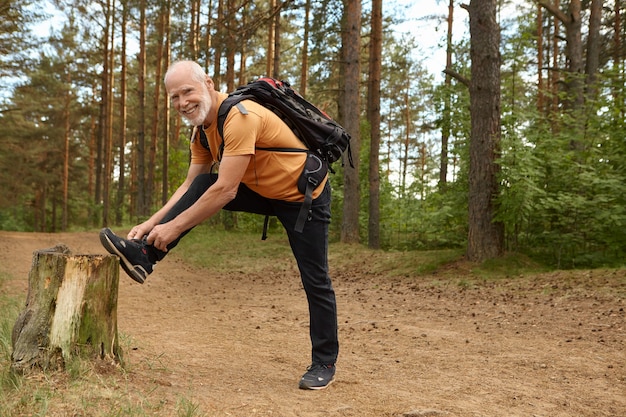
Swimming is low-impact, which is great for joints—but it can lead to muscular imbalances and underloaded bones over time. Hiking introduces safe, functional weight-bearing activity that strengthens bones, tendons, and connective tissues.
Controlled downhill hiking, in particular, builds eccentric strength in the quads—critical for injury prevention during explosive pool turns and starts.
Weekly Target: Include one downhill-focused hike weekly. Use trekking poles to reduce knee strain and improve control.
Tip: Stretch calves, hamstrings, and hip flexors post-hike. Hydrate well and prioritize sleep to support connective tissue recovery.
For swimmers, hiking isn’t just a break from the pool—it’s a strategic strength-building tool. From boosting leg power and core stability to enhancing mental endurance and respiratory efficiency, hiking prep offers a holistic complement to swim training.
By setting clear weekly targets, applying smart techniques, and prioritizing safety, swimmers can leverage hiking to become stronger, more resilient, and better balanced—both in and out of the water.

Fitness

Fitness

Fitness

Fitness

Fitness

Fitness
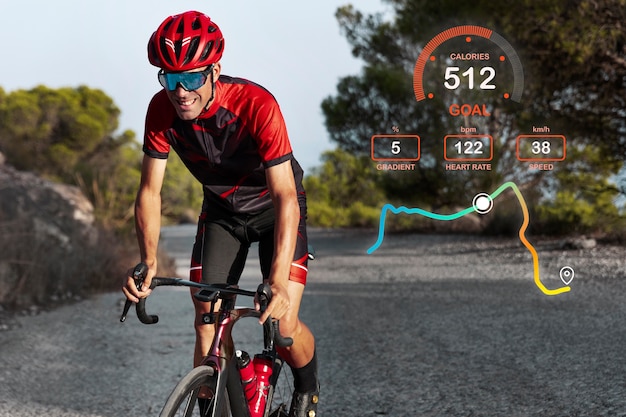
Fitness

Fitness

Fitness

Fitness
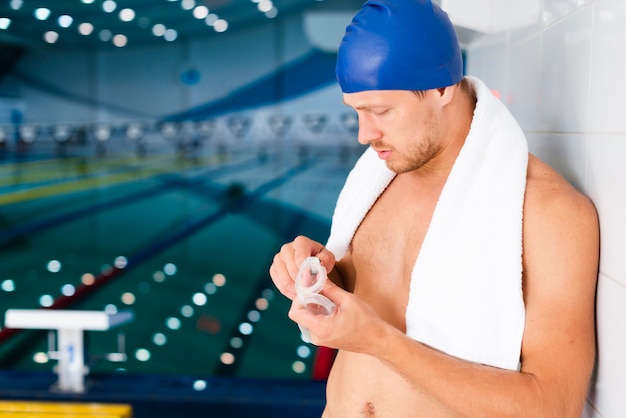
Fitness
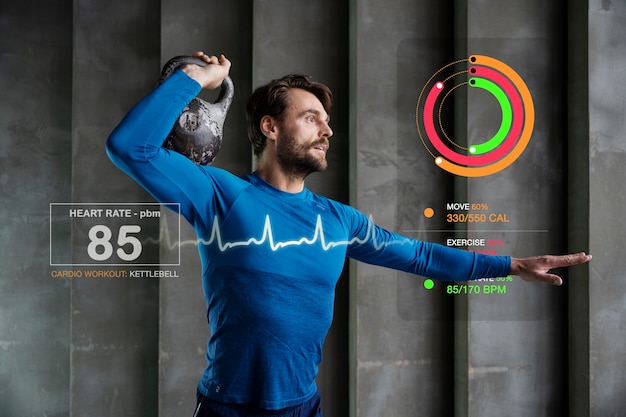
Fitness

Health

Fitness

Health

Health